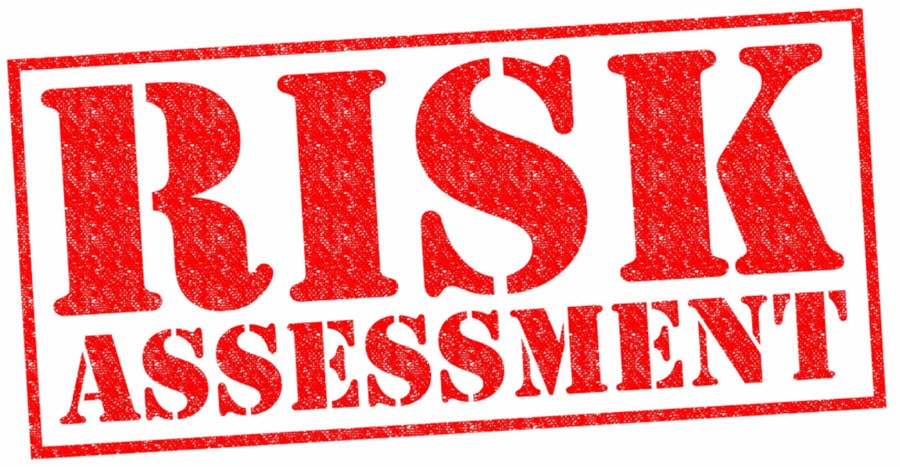Risk is referred to as any situation that involves vulnerability to danger or any sort of harm. For any organization, being able to take steps to carry out a risk assessment is an important part of business. It is the evaluation and analysis of any task or process that might be dangerous or hazardous and can cause any sort of harm to the organization. Risk assessment is essential for risk management and its further prevention. It is important to find out the root cause effectively to better manage your risks.
Steps to Carry out a Risk Assessment
A risk assessment can be carried out in four steps as seen below.
- Recognize the risks
- Identify risk targets
- Analyze the risk and its precautions
- Evaluation of risks
Recognize the risks
The first and foremost step in risk assessment is identifying the risk elements in an organization that hinders the effectiveness of the quality management system. External as well as internal risk factors are involved. External risk factors include political, technological, social and economical risk factors. Internal risk factors might include personnel, operations or environment. Therefore it is important to look around and determine what elements can be harmful. It is important to analyze operator’s datasheets, out of routine processes, health hazards and record of accidents etc.
Risk is always associated with cause and effect. Risk is a situation that might happen due to the cause. Cause is the ongoing situation and effect is a result that might happen.
Risks can be identified by monitoring and determining the issues and differentiating causes and risks from them. Therefore, for identifying risks it is important to look for sources of ambiguities first.
Identify risk targets
After the risks have been identified, it is important to identify risk targets as well because it gives a better understanding of how to manage that particular risk and steps are taken to control it. In some cases it is necessary to involve other personnel too in identifying the targets, if needed.
Analyze the risks and its precautions
For proper management of risks it is very important to perform a strong risk assessment. Risk analysis can be done by finding out the sources as well as causes of risks and what result it can produce. Following are some of the methods that can be used for risk assessment:
- Expert Audit: Audit is carried out by experts by using checklists and other methods such as stratification.
- Stratification Methods: These methods analyze the results in a bi dimensional matrix by using different scales.
- Probabilistic Techniques: It includes fault tree analysis, Monte Carlo method and failure analysis. This method is used to find out different losses and gains numerically.
Just like instruments are calibrated, in risk assessment the estimators are calibrated to have accurate results. It can be done by assessing the personnel on its predictions that whether he is able to find out uncertainties or not.
Evaluation of risks
It is a procedure to determine the acceptability or tolerability of the risk. In this process, the findings of risk analysis are compared with set criterion. The criterion is set by the organization itself. In any business, at some point an organization has to take some risks for which they are already prepared to handle. This is referred to as risk appetite. Therefore it is important for an organization to set up its risk appetite before establishing the goals.
However, on the other hand, the acceptable value of risk that an organization can tolerate is known as risk tolerance.
The evaluation of risks depends upon both risk appetite and risk tolerance that whether it is tolerable or not. These results should be documented in risk register.
Risk management
After risk evaluation and documentation it is important to manage the risks that have been assessed and analyzed. It becomes necessary when the situations become complex and need some advanced processes to manage it. ISO 31000 sets different methods that can be used for risk management in complex situations such as PMBOK and PMI. For risk management PDCA method is really helpful to identify and manage risks.






